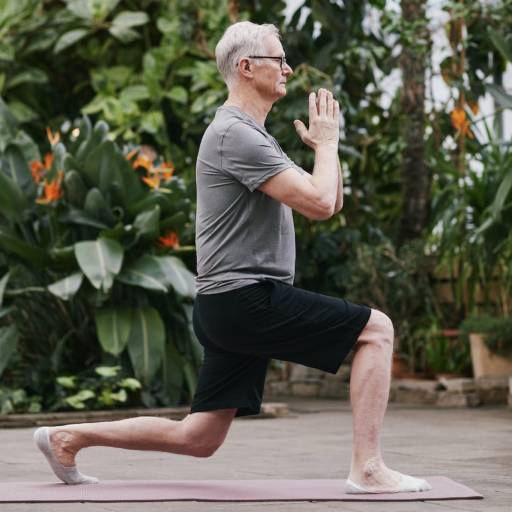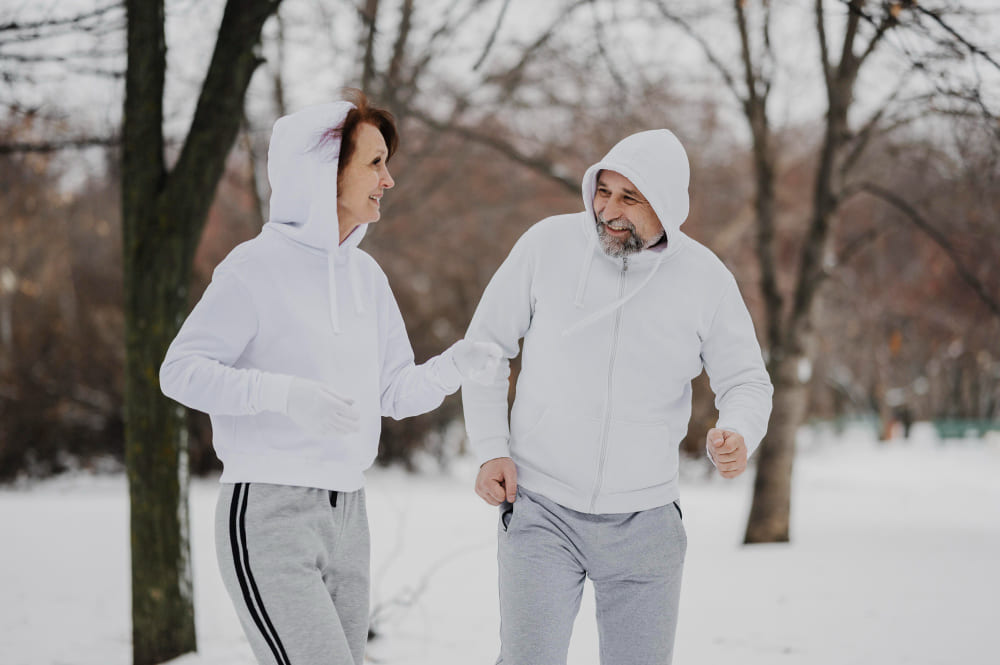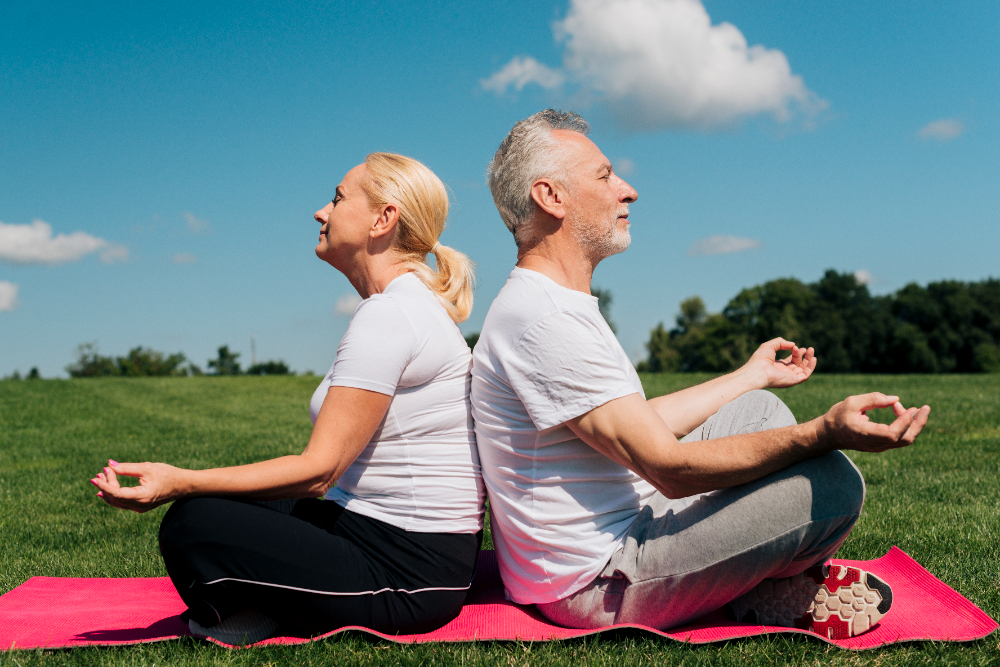- Chronic pain relief. The aging process can be hard on muscles and joints, which wear down after decades of use. Several stretches and poses associated with yoga can help alleviate these aches and pains. Yoga also helps alleviate stress, which can contribute to seniors’ pain and inflammation. In one study, participants who engaged in four weeks of yoga required less pain medication.
- Better sleep. Many seniors struggle with insomnia, which can exacerbate other health conditions. Encouraging seniors to do yoga could help them fall asleep more quickly and improve their quality of sleep through the night. One study suggested that yoga is more effective than herbal sleep remedies. This is likely due to yoga’s relaxing breathing techniques.
- Decreased blood pressure. Yoga is known to reduce blood pressure even more than listening to music and other relaxing activities. Many students report lower blood pressure after their first yoga class. As they continue with yoga classes, blood pressure stays low. The Centers for Disease Control and Prevention reports that seniors who engage in any regular physical activity have lower rates of coronary heart disease, high blood pressure, stroke, and several other chronic health conditions.
- Less stress. Yoga is generally practiced in a calm, peaceful environment. This means that yoga can soothe and even halt the body’s fight or flight response during stressful times. The slow breathing used in yoga also relieves anxiety and stress, which helps seniors—especially those suffering from confusion related to dementia—feel more at peace.
- Diabetes management. Seniors with type 2 diabetes may be surprised to learn that yoga can help manage their condition. Stress affects insulin production and also massages the internal organs, improving cholesterol and glucose levels. Caregivers interested in encouraging yoga for diabetes management should ask trained yoga instructors about the best senior‑friendly poses that benefit the pancreas.
- Better stability and balance. Stability and balance decrease with age, causing fall hazards during everyday activities. The good news is that yoga can help prevent these falls from occurring by strengthening core muscles that keep the body stable.
- Greater flexibility. Stiff joints and muscles are common among the elderly. Yoga is gentle and effectively increases flexibility and range of motion. The movements simultaneously loosen and strengthen muscles.
- Improved respiration. Seniors often experience breathing difficulties as they get older. Respiratory systems slow down, and the resulting lack of oxygen causes negative effects within the entire body. Practicing yoga helps seniors become more mindful of their breathing. It also teaches specific breathing techniques that increase the flow of oxygen. In one study, women who took a 12‑week yoga program showed improvement in respiratory function.
- Mindfulness. Seniors at the beginning stages of dementia, in the midst of moving to nursing homes, or even adjusting to changing daily habits as a result of age all benefit from stress reduction and mindfulness. During a yoga session, participants are taught to become aware of their thoughts and emotions. This methodical mindfulness helps seniors stay connected to the world around them.

Benefits of Yoga for Seniors
2 de November de 2022
Share the article








